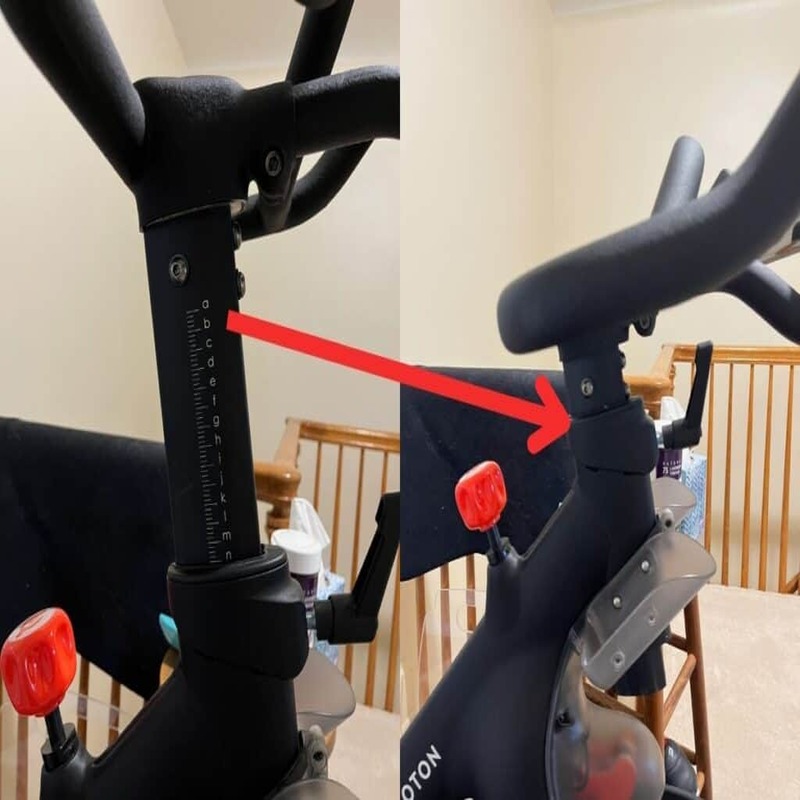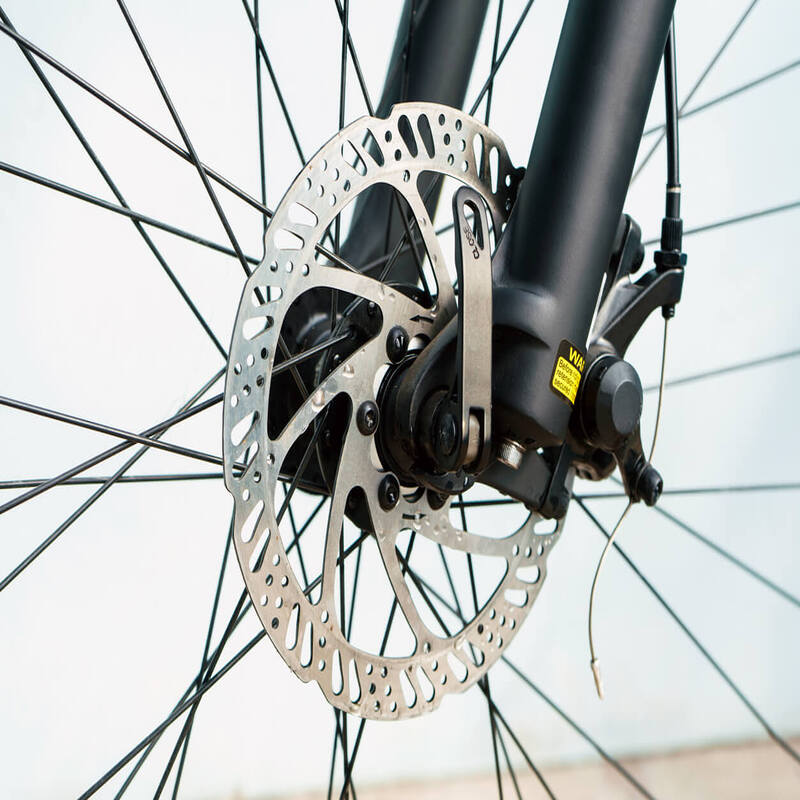Cycling enthusiasts often laud the benefits of biking, yet many struggle with one common issue: uncomfortable bike seats. This discomfort can deter both beginners and seasoned cyclists from fully enjoying their rides. Consequently, understanding the factors contributing to bike seat discomfort is essential for improving the cycling experience. Therefore, this comprehensive guide explores the anatomy of bike seats, common causes of discomfort, the importance of proper fit, and practical solutions for a more comfortable ride. By delving into these aspects, you can uncover ways to alleviate discomfort and enhance your overall biking experience.
Anatomy of Bike Seats
The design and construction of bike seats (or saddles) play a significant role in determining comfort levels. Understanding the anatomy of bike seats helps explain why they might feel uncomfortable. Therefore, exploring the key components of bike seats is essential.
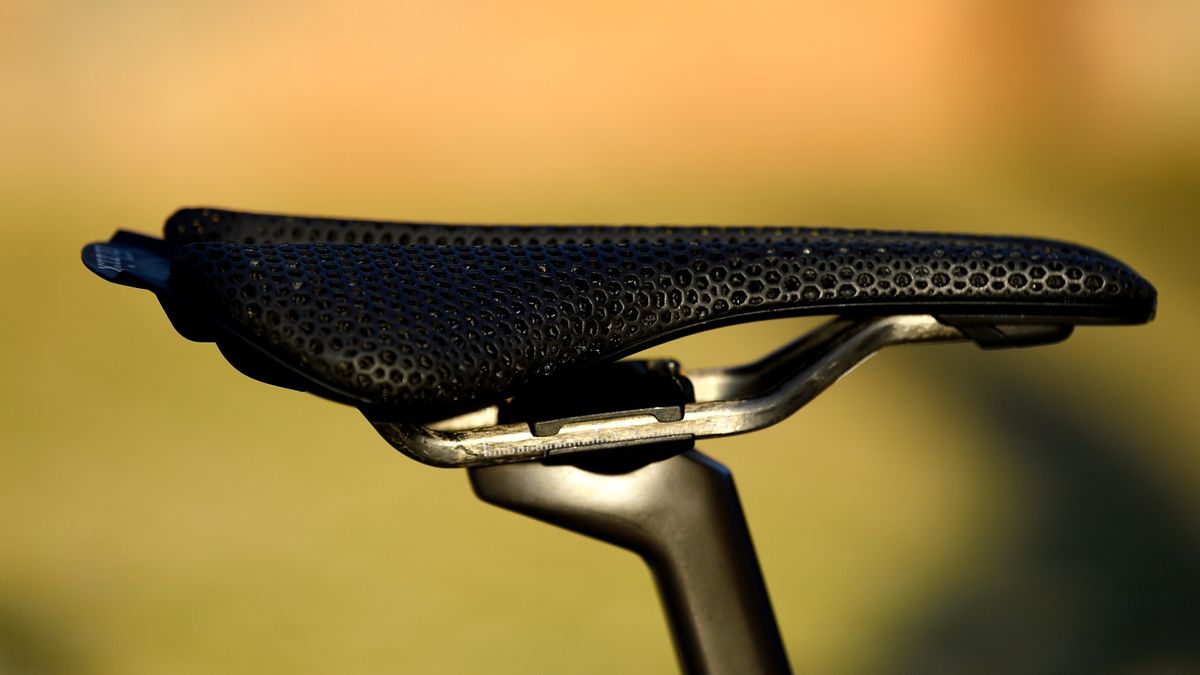
Saddle Shape and Size
Saddle shape and size greatly influence rider comfort. Different saddles cater to various riding styles and anatomical differences. A narrow saddle, often used for road and racing bikes, minimizes friction during high-speed rides. However, it can lead to discomfort for casual riders. Conversely, wider saddles, common on recreational and commuting bikes, offer more surface area for weight distribution but may restrict movement. By understanding the importance of saddle shape and size, you can choose a saddle that suits your riding style and body type. Therefore, recognizing the value of tailored saddle design is crucial.
Padding and Cover Material
The padding and cover material of a bike seat also affect comfort. Saddles may feature varying levels of padding, from minimalistic to heavily cushioned. While more padding can initially seem more comfortable, excessive cushioning can cause pressure points and reduced blood flow during long rides. The cover material, such as leather or synthetic fabrics, impacts breathability and durability. By understanding the role of padding and cover material, you can select a saddle that balances comfort and performance. Therefore, recognizing the importance of material choice is essential.
Rails and Shell
The rails and shell are the underlying structure of a bike seat. Rails attach the saddle to the bike’s seat post and are often made from materials like steel, titanium, or carbon fiber. The shell, typically constructed from plastic or carbon fiber, determines the saddle’s rigidity and flexibility. The combination of these components influences shock absorption and overall ride comfort. By understanding the function of rails and shell, you can appreciate how saddle construction affects comfort. Therefore, recognizing the significance of structural elements is crucial.
Common Causes of Bike Seat Discomfort
Several factors contribute to bike seat discomfort, and identifying these causes helps address the issue more effectively. Understanding these common causes is essential for finding suitable solutions. Therefore, exploring the reasons behind bike seat discomfort is crucial.

Improper Saddle Fit
One of the most common causes of discomfort is an improperly fitted saddle. A saddle that is too high, low, forward, or backward can create pressure points and strain different parts of the body. Ensuring the saddle is positioned correctly relative to the rider’s anatomy and riding style is critical. By understanding the impact of improper saddle fit, you can take steps to adjust your bike for better comfort. Therefore, recognizing the importance of proper fitting is essential.
Lack of Suspension
A lack of suspension can contribute to bike seat discomfort, especially on rough terrains. Many road and racing bikes lack built-in suspension systems, transferring vibrations and shocks directly to the rider. Without adequate shock absorption, these jolts can lead to numbness and pain. By understanding the role of suspension in comfort, you can consider options such as suspension seat posts or cushioned saddles to mitigate these effects. Therefore, recognizing the significance of shock absorption is crucial.
Long Duration Rides
Extended periods of riding can exacerbate discomfort, even with a well-fitted saddle. Pressure on sensitive areas, reduced blood flow, and repeated friction can cause soreness and chafing. Regular breaks and standing up while riding can alleviate some of this pressure. Additionally, using padded shorts or chamois can provide extra cushioning during long rides. By understanding the impact of long-duration rides, you can take preventive measures to reduce discomfort. Therefore, recognizing the importance of break intervals and proper gear is essential.
The Importance of Proper Bike Fit
Proper bike fit is paramount in minimizing saddle discomfort and enhancing overall cycling comfort. Understanding the components of a proper bike fit can help you achieve a more comfortable ride. Therefore, exploring the importance of bike fit is crucial.
Professional Bike Fitting
A professional bike fitting can significantly improve comfort by ensuring all components of the bike are correctly adjusted to fit your body. Certified bike fit specialists use advanced tools and techniques to analyze your posture, pedaling mechanics, and individual anatomy. Adjustments to the saddle height, angle, and fore-aft position, as well as handlebar reach and height, ensure optimal support and efficiency. By understanding the benefits of professional bike fitting, you can enhance your riding experience and reduce discomfort. Therefore, recognizing the value of expert adjustments is essential.
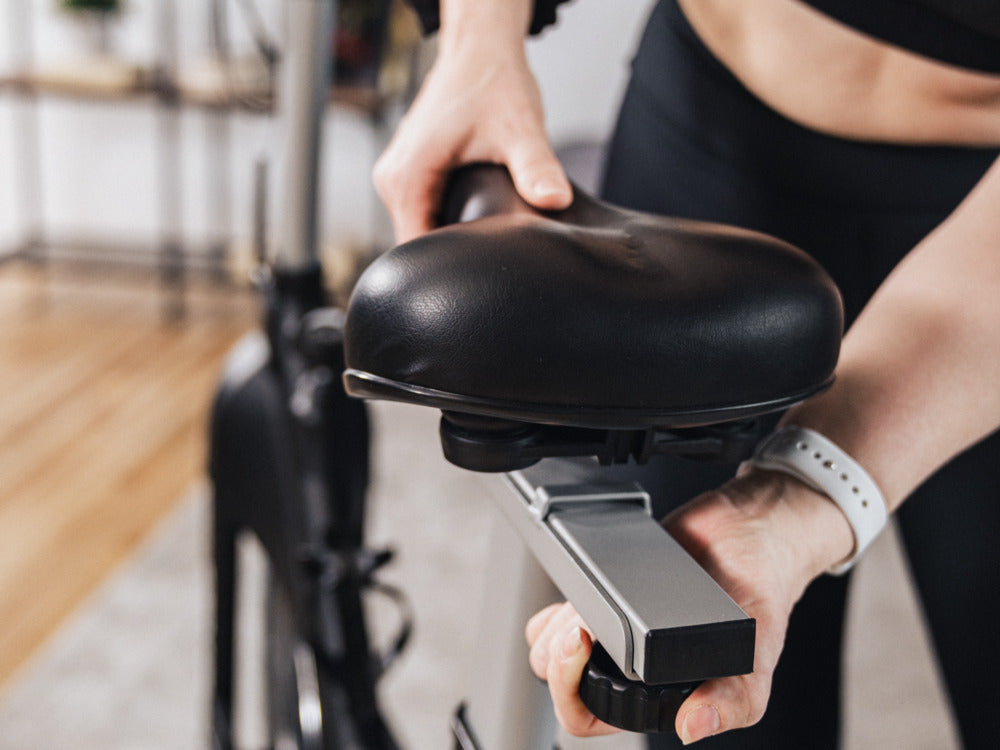
Saddle Height and Angle
Saddle height and angle play a significant role in rider comfort and efficiency. An improperly set saddle height can cause excessive pressure on the sit bones or soft tissues, leading to discomfort. To find the proper saddle height, ensure your leg is slightly bent at the knee when the pedal is at the lowest point. Saddle angle should be adjusted so that it is level or slightly tilted to avoid unnecessary pressure on the perineum. By understanding how to adjust saddle height and angle, you can prevent common issues associated with poor saddle positioning. Therefore, recognizing the importance of precise adjustments is crucial.
Handlebar Position
Handlebar position is another critical aspect of bike fit that affects saddle comfort. A handlebar position that is too low or too far can cause you to shift more weight onto your saddle, increasing pressure and discomfort. Ensuring the handlebars are positioned at a comfortable height and reach allows for better weight distribution between the saddle, handlebars, and pedals. By understanding the role of handlebar position in bike fit, you can achieve a more balanced and comfortable riding posture. Therefore, recognizing the importance of handlebar adjustments is essential.
Practical Solutions for Saddle Discomfort
Implementing practical solutions can significantly alleviate saddle discomfort and enhance your cycling experience. Understanding these solutions helps you address the issue effectively. Therefore, exploring practical solutions for saddle discomfort is crucial.
Choosing the Right Saddle
Selecting the right saddle tailored to your body and riding style is vital for comfort. Visit a bike shop that offers saddle fitting services, where you can test different saddle shapes and sizes. Choose a saddle that supports your sit bones and offers appropriate cushioning without causing excessive pressure on sensitive areas. By understanding the importance of choosing the right saddle, you can find a solution that fits your needs. Therefore, recognizing the value of personalized saddle selection is crucial.
Wearing Padded Shorts
Wearing padded shorts or cycling shorts with a built-in chamois can provide added cushioning and reduce friction during rides. The padding in these shorts absorbs shock and distributes pressure more evenly, preventing soreness and chafing. High-quality cycling shorts are designed to wick moisture and enhance breathability, further improving comfort. By understanding the benefits of padded shorts, you can enhance your riding experience and reduce discomfort. Therefore, recognizing the importance of proper cycling attire is essential.
Using Anti-Chafing Creams
Anti-chafing creams can prevent and alleviate saddle sores and skin irritation caused by friction. These creams create a protective barrier on the skin, reducing chafing and moisture buildup. Apply the cream to areas prone to friction before your ride. By understanding the role of anti-chafing creams, you can prevent common issues associated with saddle discomfort. Therefore, recognizing the value of protective skincare is crucial.
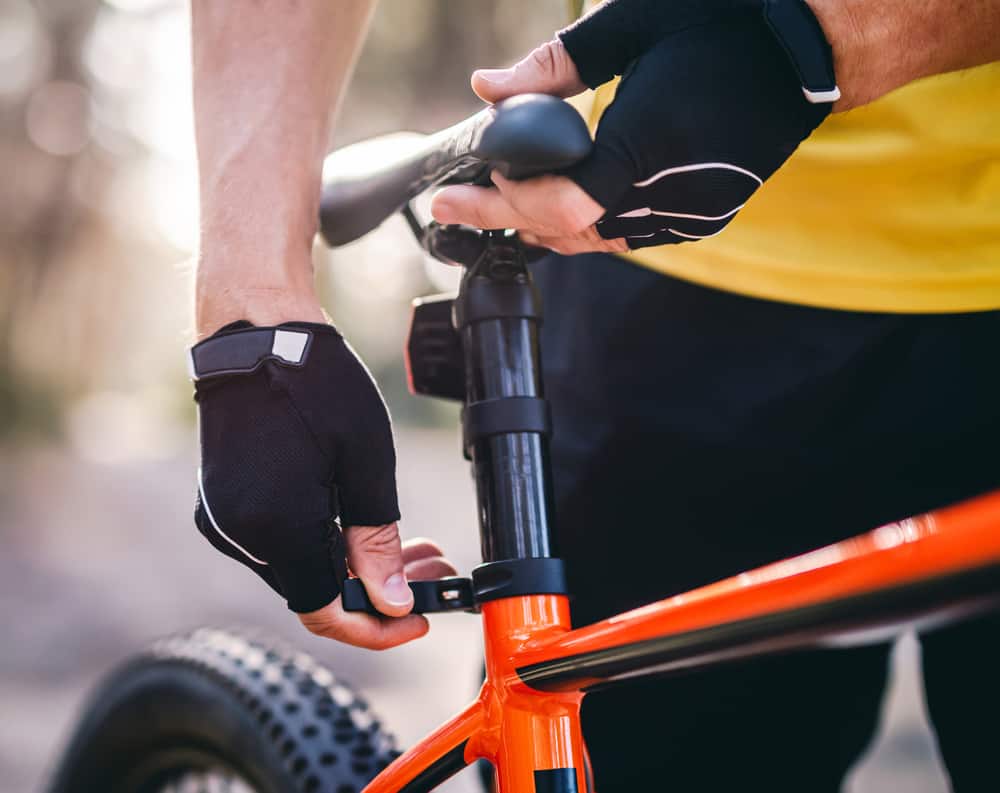
Regular Breaks and Position Changes
Taking regular breaks and changing your riding position during long rides can alleviate pressure and improve circulation. Standing up on the pedals, shifting your weight, and alternating hand positions on the handlebars can reduce sustained pressure on specific areas. Incorporate short breaks to stretch and relieve pressure points during extended rides. By understanding the importance of regular breaks and position changes, you can maintain comfort and prevent discomfort over long distances. Therefore, recognizing the significance of dynamic riding techniques is essential.
Addressing Common Questions About Bike Seat Discomfort
Understanding common questions about bike seat discomfort provides additional clarity and helps address the issue more effectively. Knowledge of these answers ensures better preparation. Therefore, exploring common questions is essential.
Why Does My Bike Seat Cause Numbness?
A common question is why bike seats cause numbness. Numbness often results from sustained pressure on the perineal area, leading to reduced blood flow and nerve compression. Adjusting the saddle angle, height, and position, as well as using a properly fitting saddle, can alleviate this pressure and prevent numbness. By understanding the causes of numbness, you can address this discomfort more effectively. Therefore, recognizing the importance of proper adjustments is crucial.
How Can I Improve Saddle Comfort on Long Rides?
Another common question is how to improve saddle comfort on long rides. Using padded shorts, applying anti-chafing cream, adjusting the saddle fit, and taking regular breaks can significantly enhance comfort. Additionally, investing in a high-quality saddle that suits your riding style and body type can make a substantial difference. By understanding the various ways to improve saddle comfort, you can enjoy longer rides with reduced discomfort. Therefore, recognizing the importance of comprehensive solutions is essential.
Addressing Common Misconceptions About Bike Seat Discomfort
Addressing common misconceptions about bike seat discomfort provides accurate information and dispels unwarranted concerns. Clearing up misunderstandings ensures an informed perspective. Therefore, exploring common misconceptions is important.
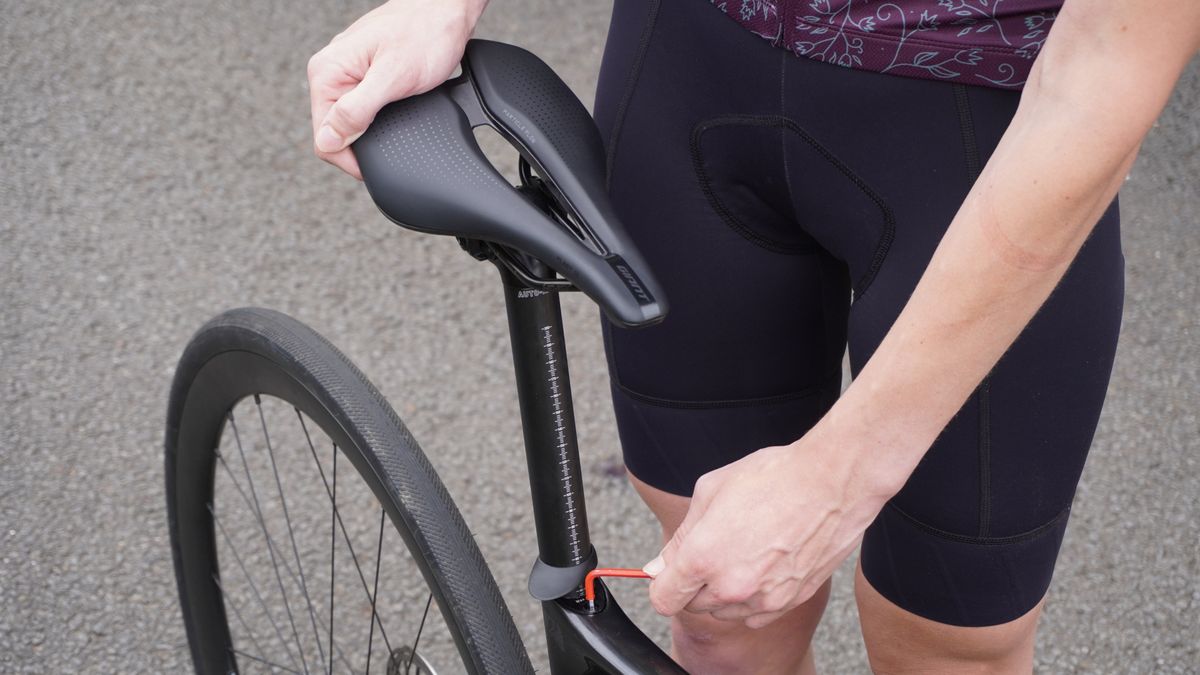
Misconception: More Padding Means More Comfort
A common misconception is that more padding automatically means more comfort. While padding can provide initial cushioning, excessive padding can lead to increased pressure points, reducing overall comfort during longer rides. The key is to find a balance between adequate support and cushioning that suits your riding style and body type. By understanding the limitations of excessive padding, you can make more informed choices. Therefore, dispelling this misconception highlights the importance of balanced design.
Misconception: One Saddle Fits All
Another misconception is that one saddle fits all riders. In reality, individual anatomical differences and riding styles necessitate personalized saddle selection. A saddle that is comfortable for one rider may be uncomfortable for another. Customized fitting ensures that the saddle supports your specific needs. By understanding the necessity of personalized saddle selection, you can achieve greater comfort and performance. Therefore, dispelling this misconception emphasizes the value of tailored solutions.
Conclusion: Achieving Comfort in Biking
Achieving comfort in biking involves understanding the anatomy of bike seats, identifying common causes of discomfort, and implementing practical solutions. Proper knowledge of these aspects ensures a comprehensive approach to enhancing your cycling experience.
Exploring critical elements such as saddle shape, padding, fit, and position adjustments provides comprehensive knowledge and practical understanding. Recognizing the importance of addressing common questions and misconceptions enhances overall comfort and satisfaction with your bike choice.
By engaging with these elements, you can alleviate bike seat discomfort and enjoy a more comfortable, enjoyable, and efficient cycling experience. Therefore, whether you are a seasoned cyclist or a newcomer, understanding why bike seats can be uncomfortable offers practical and valuable insights. Embrace the opportunity to optimize your ride, knowing you have the knowledge and resources to make informed choices for a better, more comfortable biking experience.


